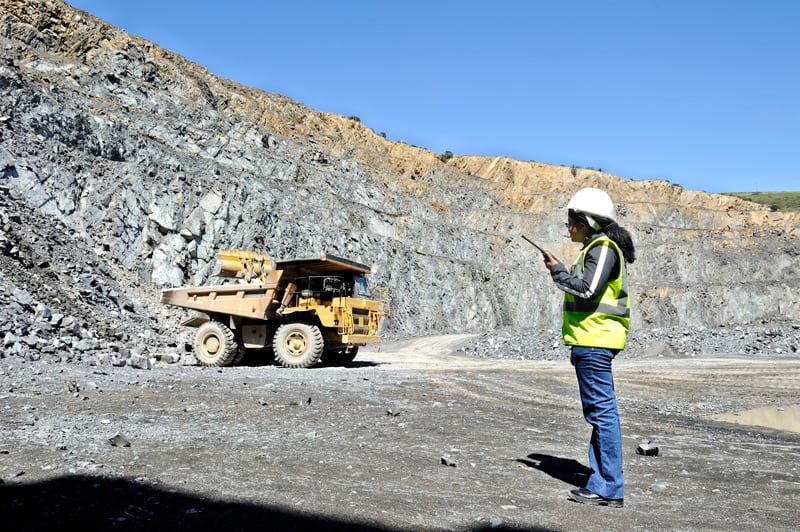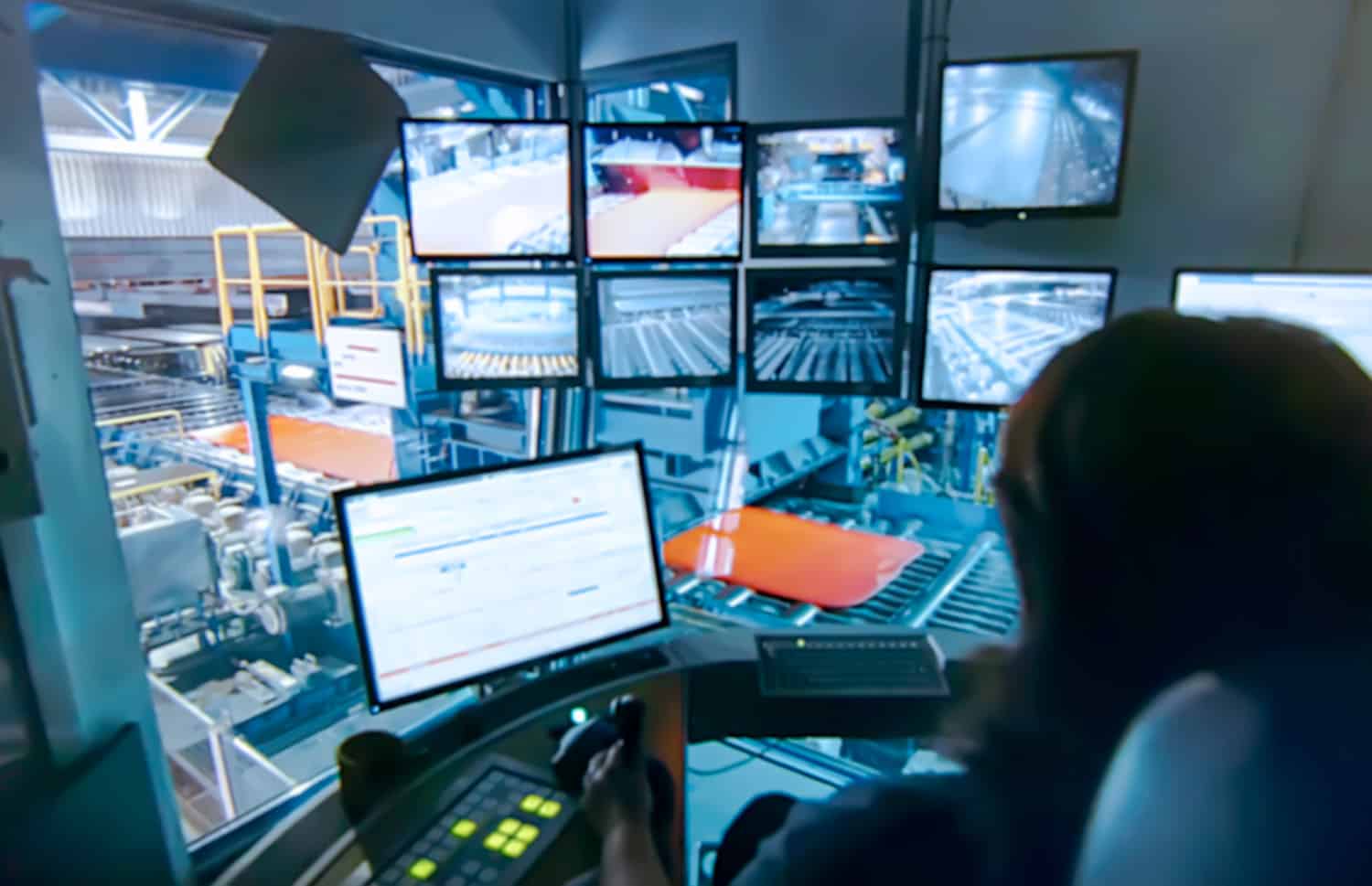Major economic trends are transforming large-scale mining across the globe. These include rapid technological advances, pressure to mine more responsibly from investors and other stakeholders, and rising demand for critical minerals for a low-carbon energy transition. But how will these trends affect women working in the sector and related supply chains? The implications are difficult to understand due to a lack of high-quality, comparable data on women in the mining workforce.
Women and the Mine of the Future is a collaborative project to increase understanding of the status quo for women in mining, so stakeholders can anticipate, assess, and address gendered impacts as mining evolves.
Global Report
To help address widespread data and knowledge gaps, the Women and the Mine of the Future: Global Report uncovers the gender-disaggregated employment profile for large-scale mining in 12 nations, focusing on women and their occupations in the sector.
The report begins with a cross-country analysis that compares the data against commonly held assumptions and key trends in the sector. Next, the researchers consider what the unfolding transformations will mean for mining occupations. The report goes on to identify the main data gaps and challenges hindering evidence-based policy-making and opportunities for women to fully participate in the future of mining. The report concludes with policy recommendations for governments, companies, and workers to consider.
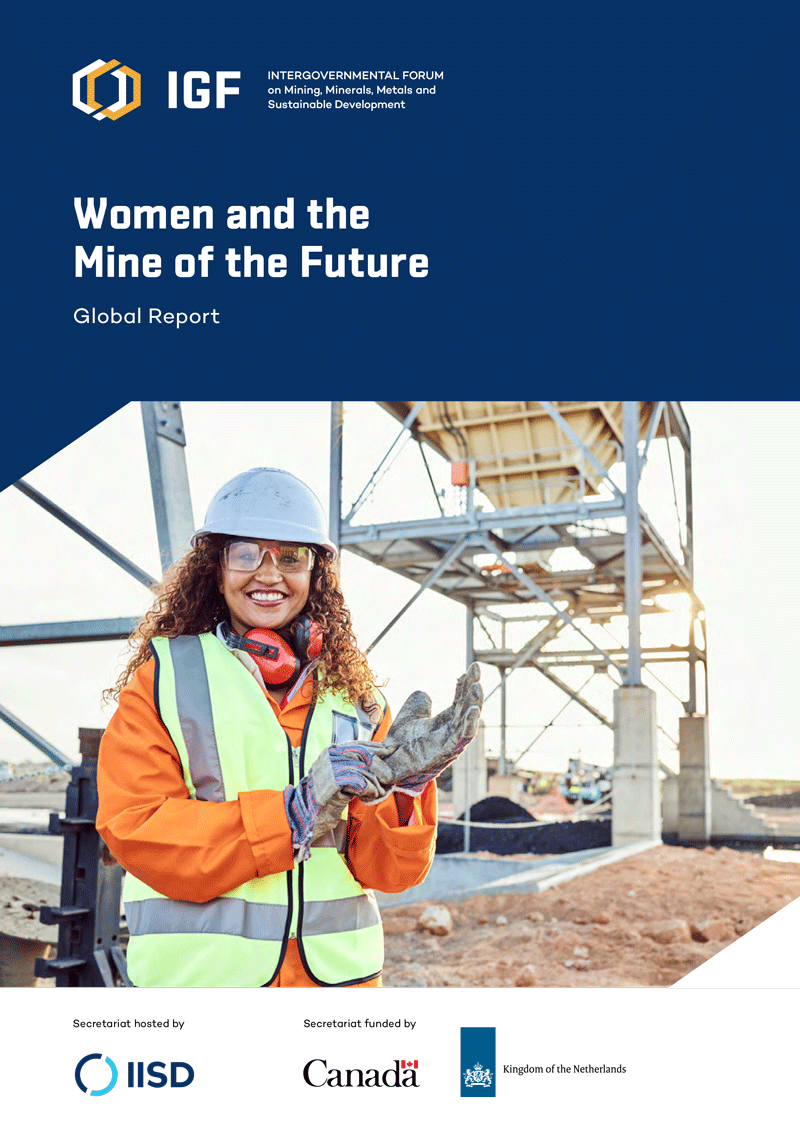
Assumptions and Analysis
The following illustrations convey how commonly held assumptions about women and the mining sector compare to the data presented in the global report.
Parental Leave Policies in the Mining Sector
Maternity, paternity, and parental leave policies are essential to enabling women’s ongoing employment in the mining sector by supporting the health and safety of pregnant workers, their children and protecting economic and employment security. Building on the global report, we have published a briefing note that examines the international and national parental leave frameworks and policies for large-scale mining across 12 countries.
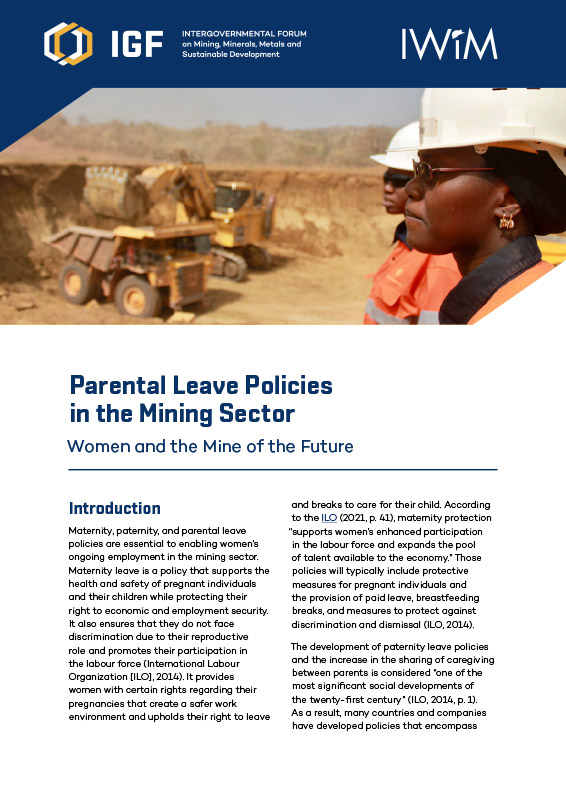
Country Reports
A series of country reports were produced to inform the Women and the Mine of the Future Global Report. They provide in-depth analysis of policies and data related to employment, education levels, age, skills, gender pay gap, and other critical profiles of women and men in the large-scale mining sector.
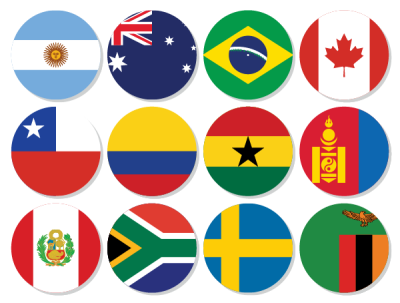
Data Highlights
The following infographics reflect the baseline data analysis of gender-segregated data included in the global report, including 10 country-specific infographics intended to provide greater understanding of the gendered employment profile of large-scale mining. The data is drawn from household surveys, such as national labour force surveys, which the ILO has collected, processed, and harmonized for country-to-country comparison.
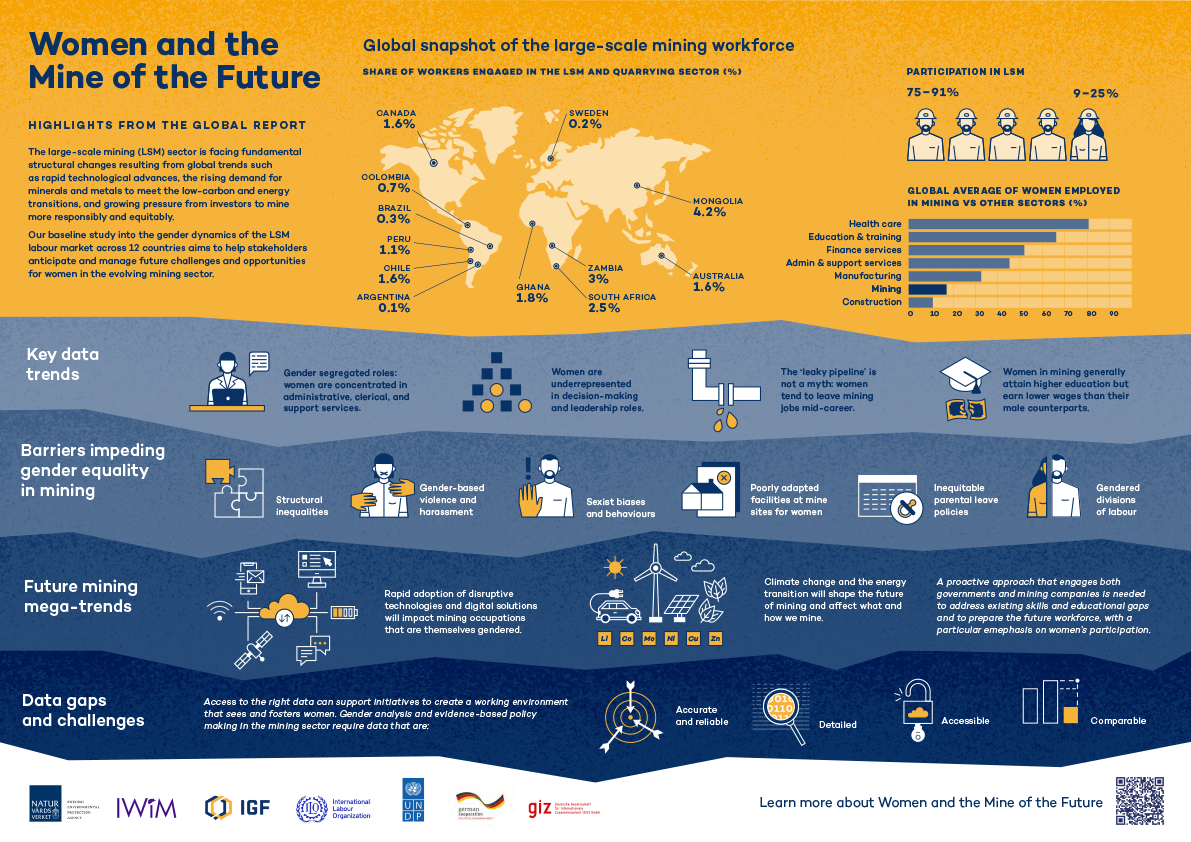
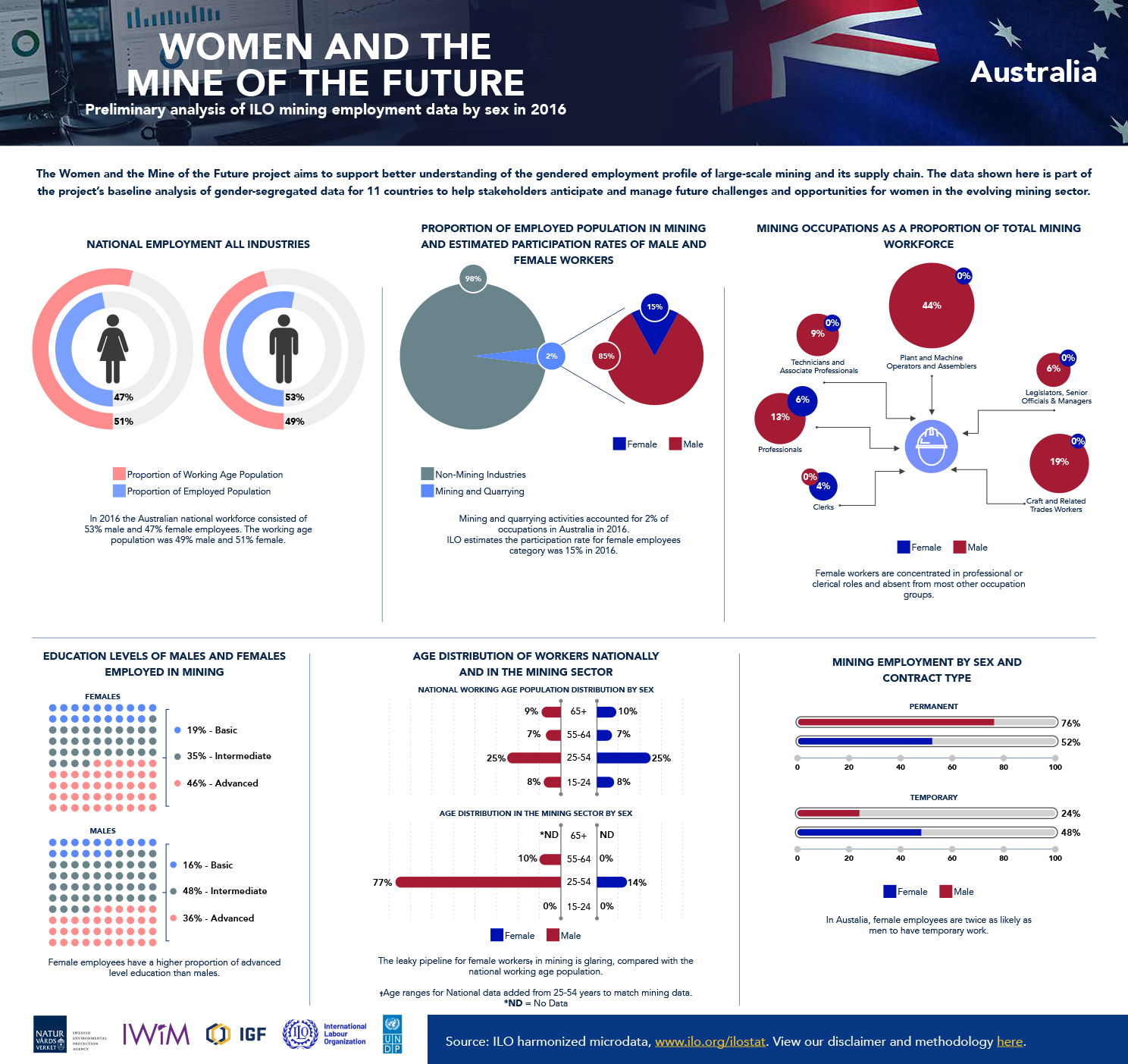
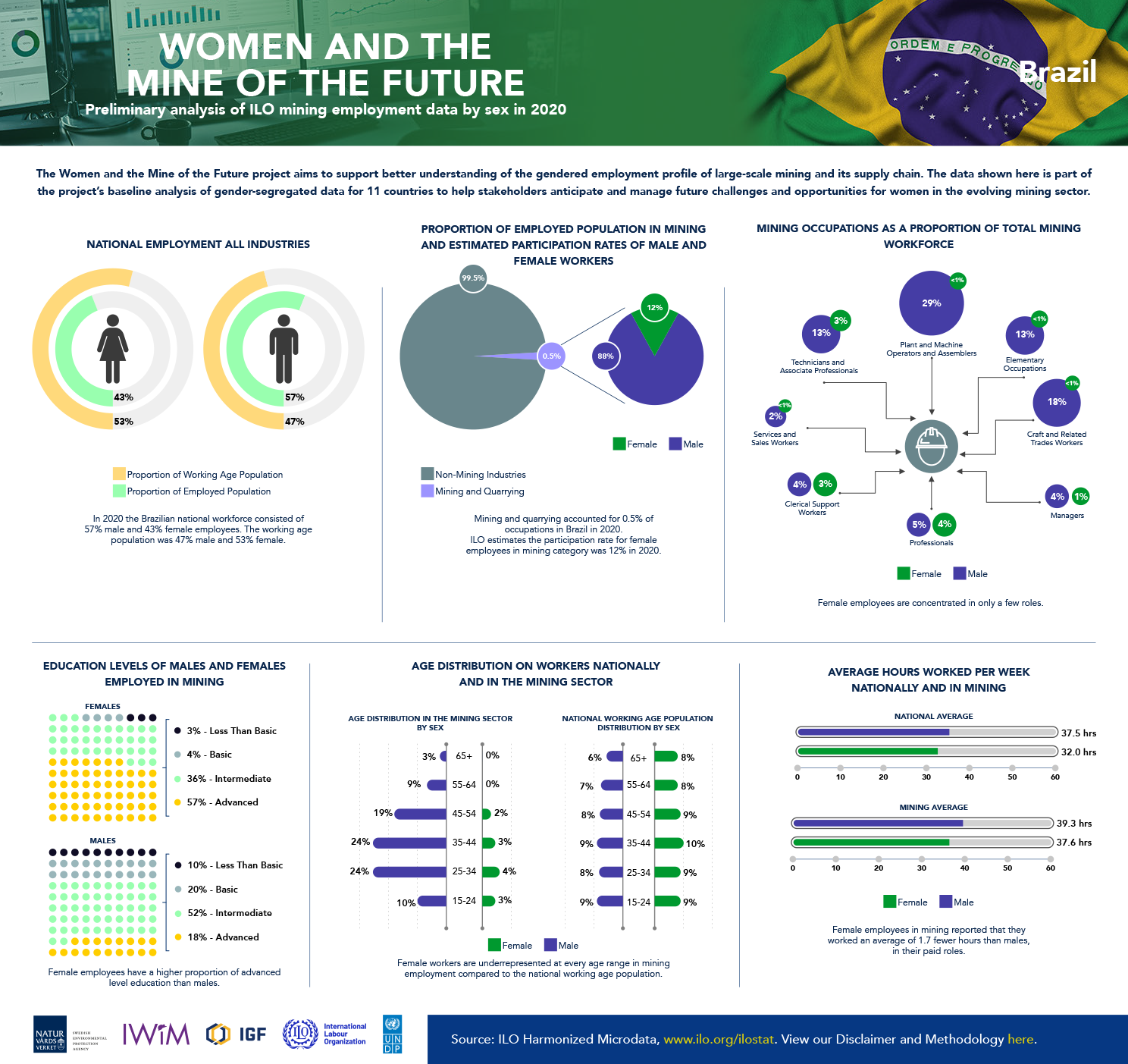
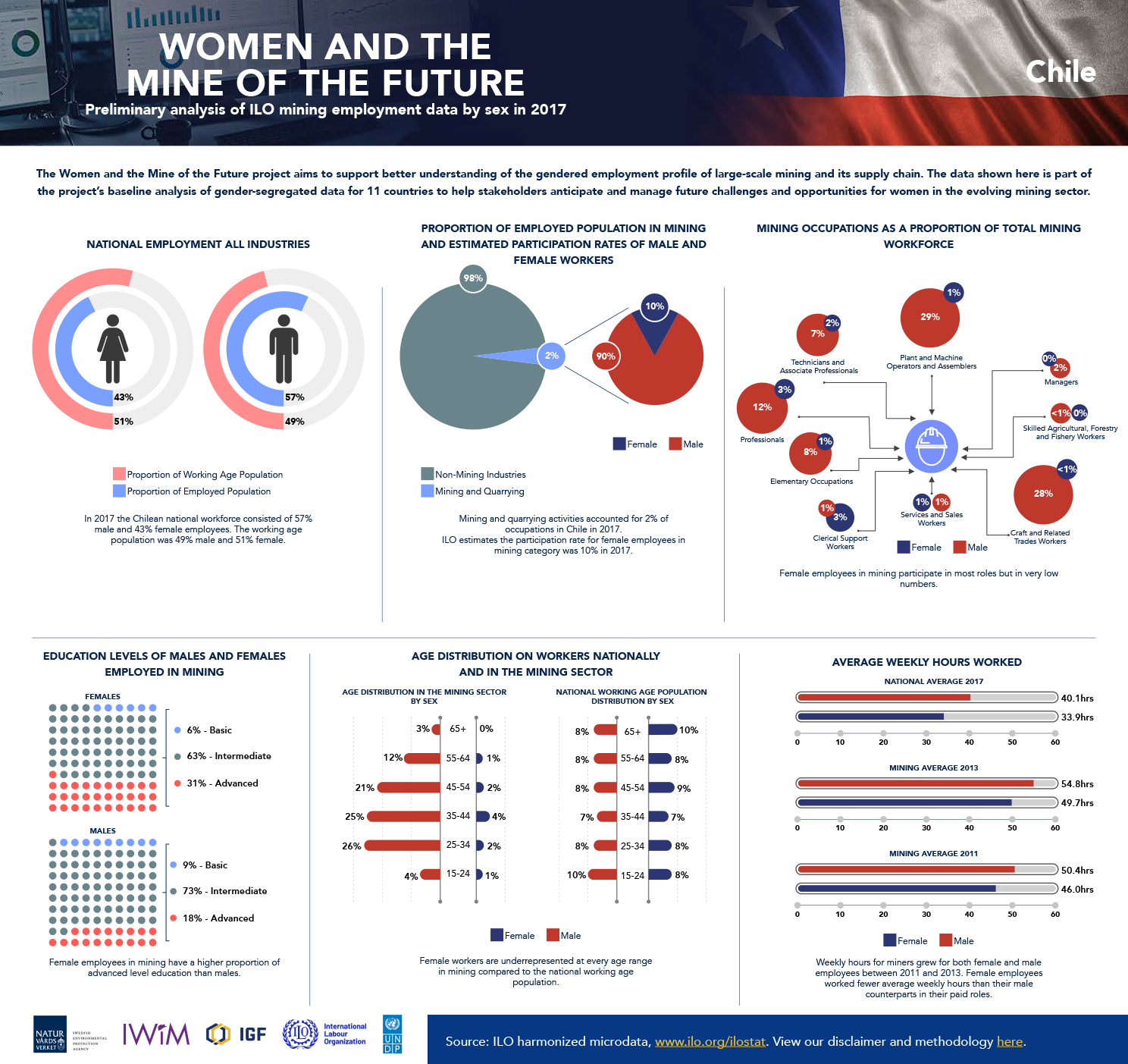
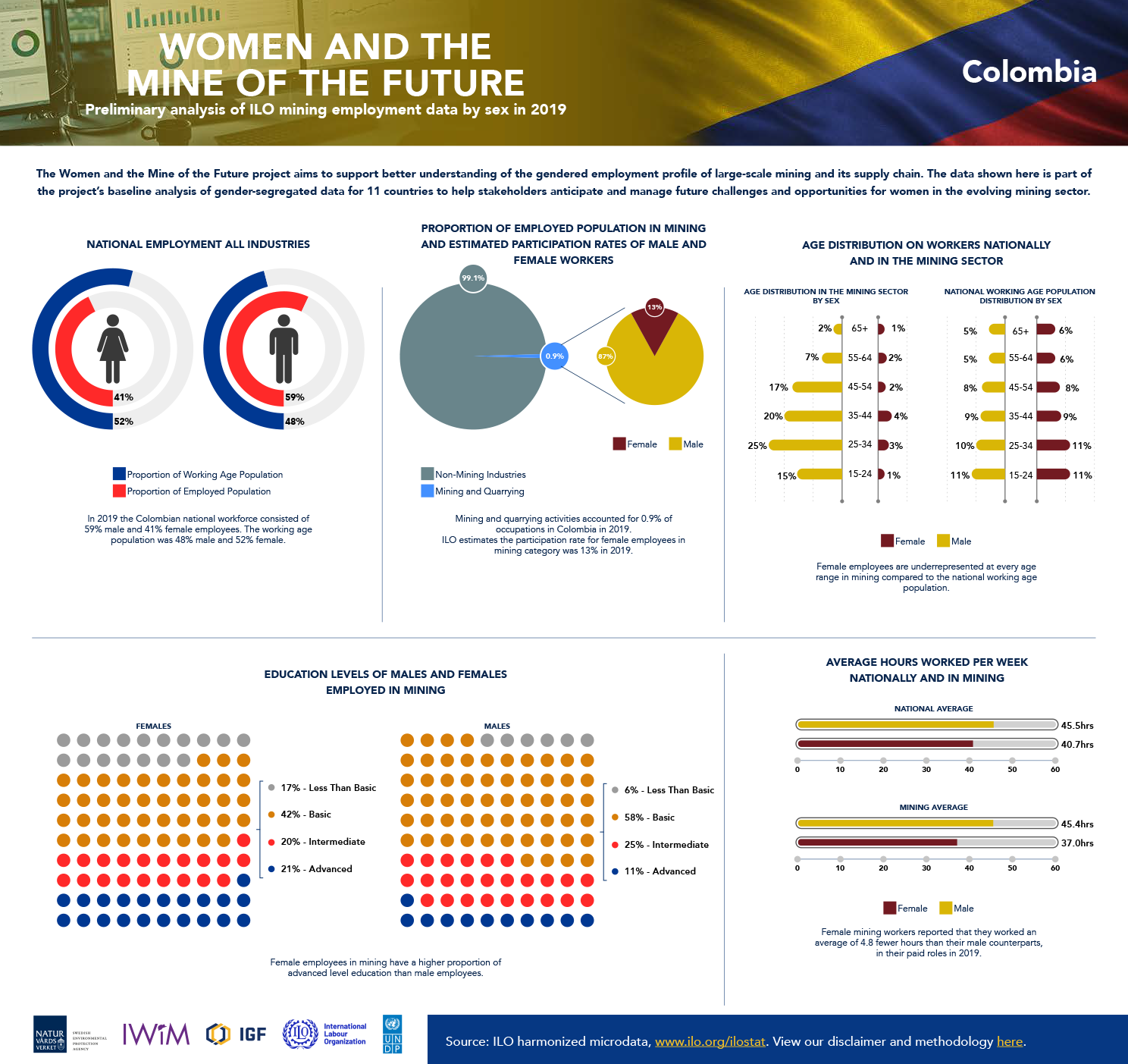
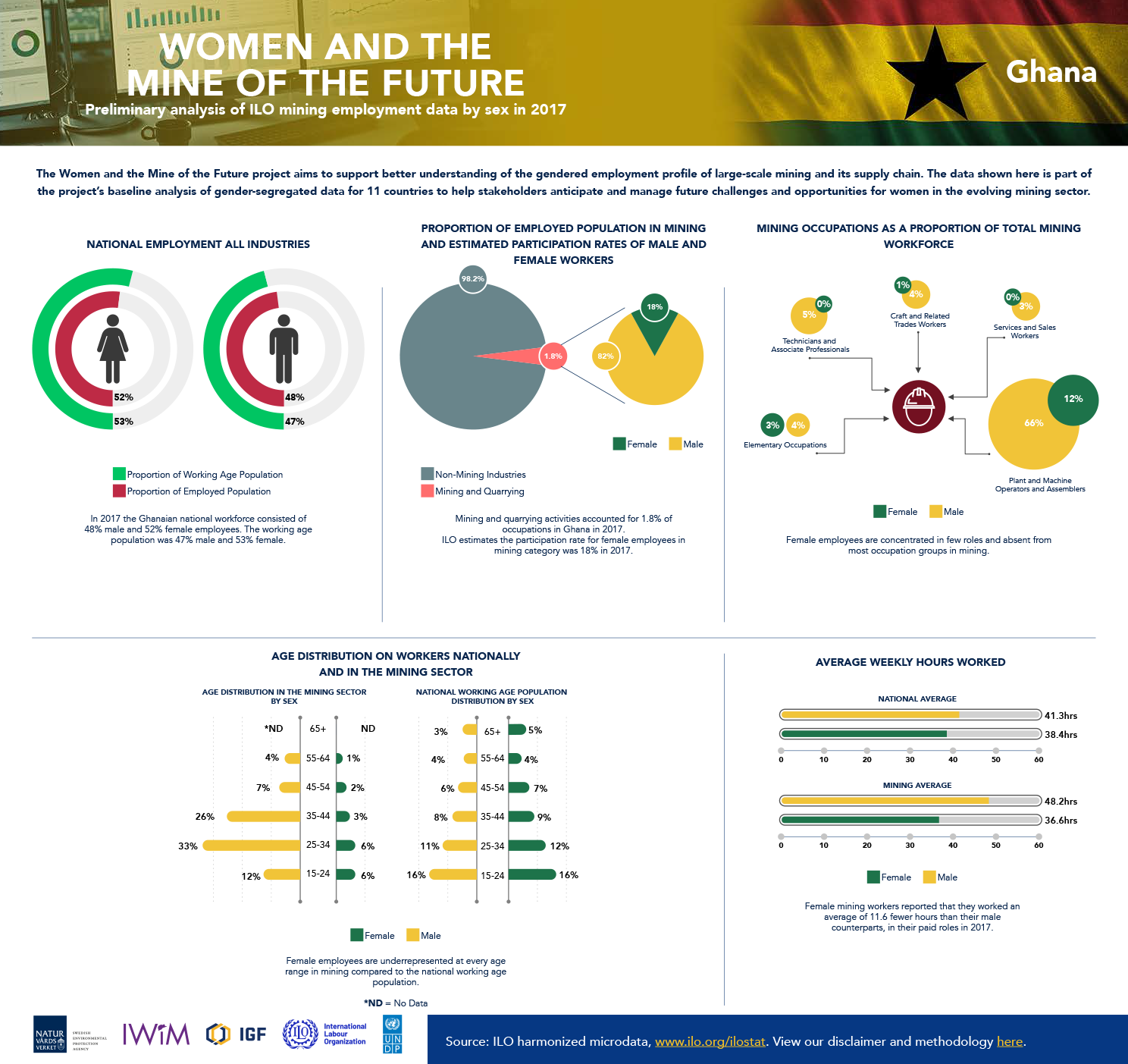
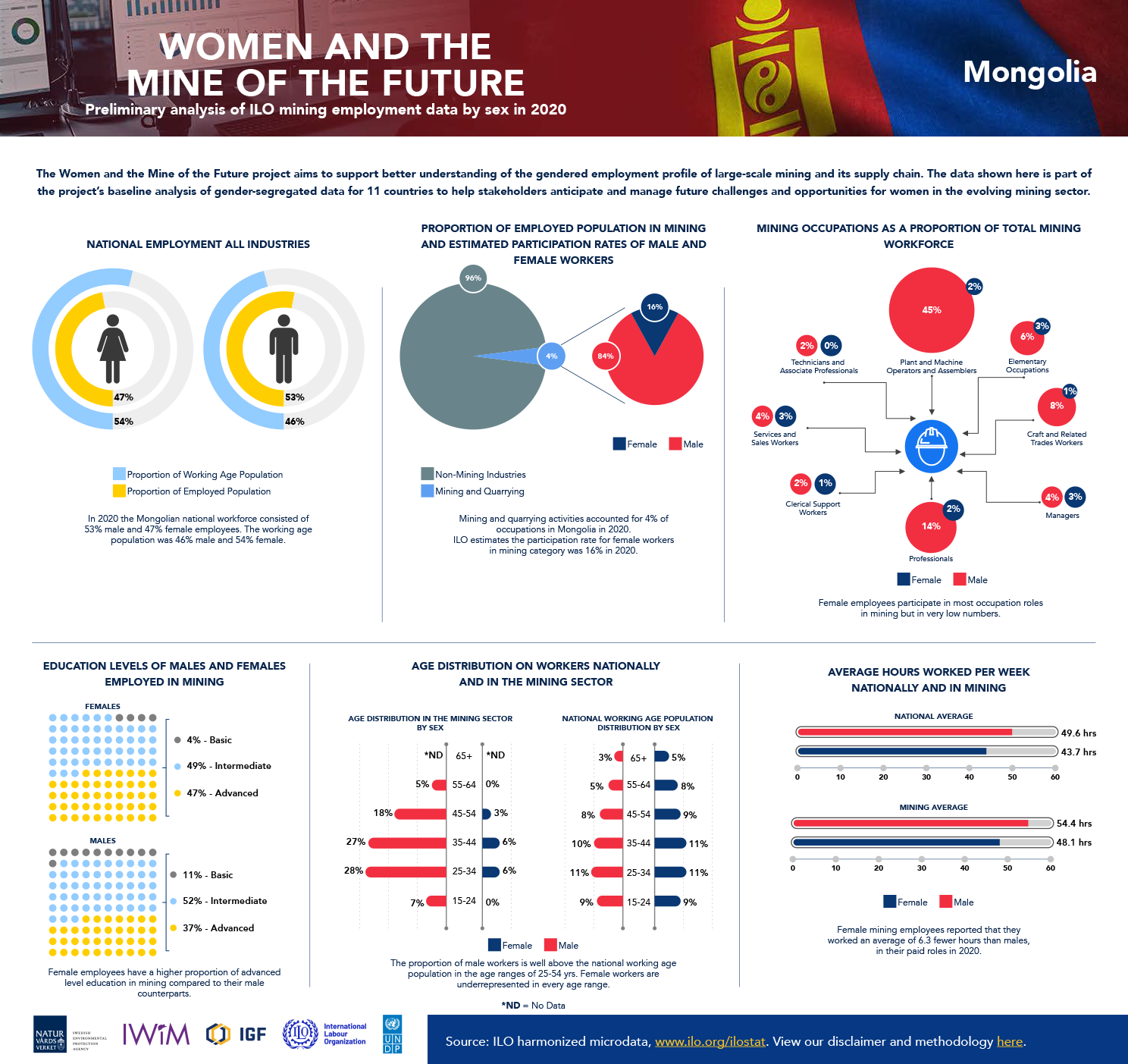
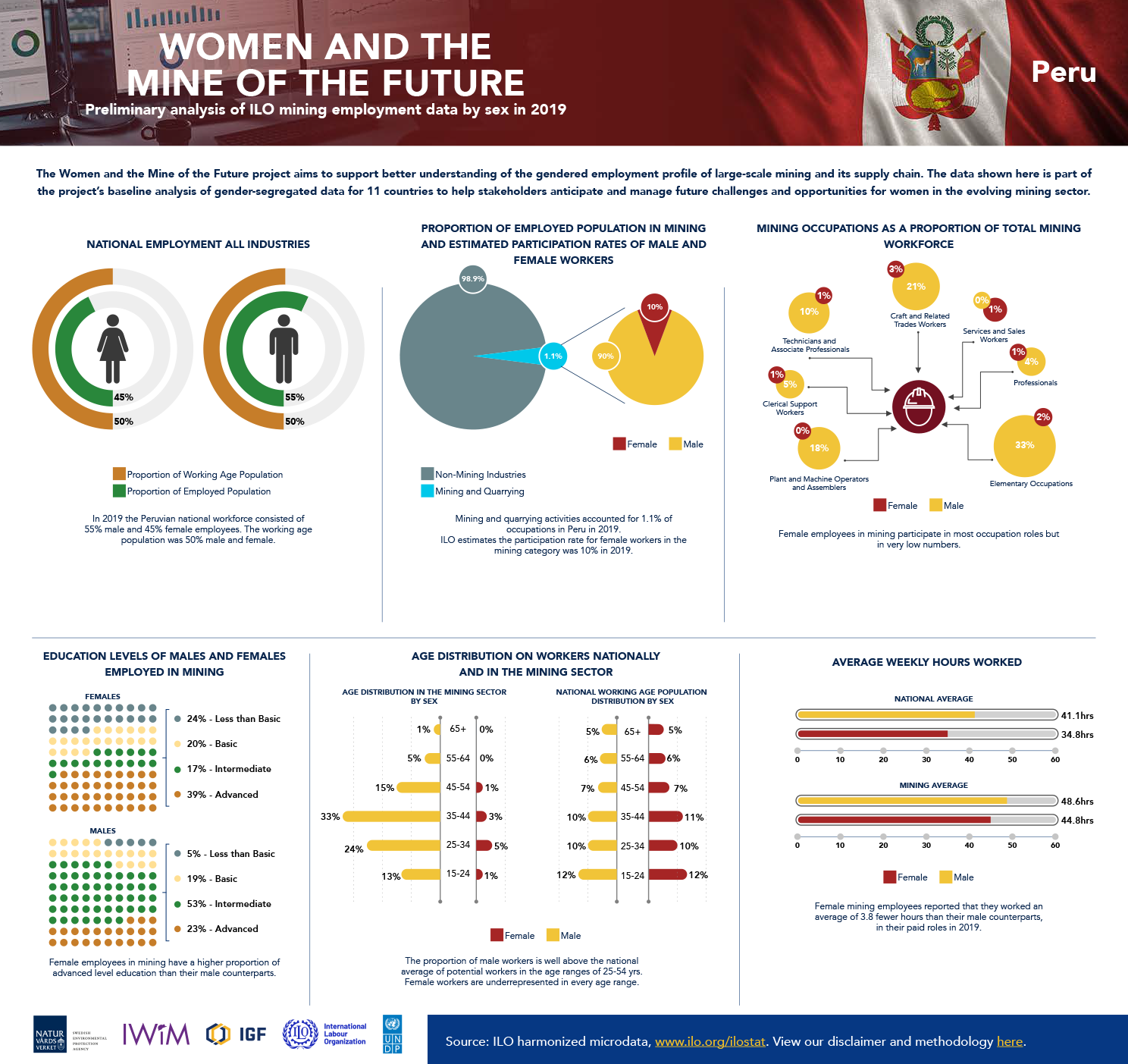
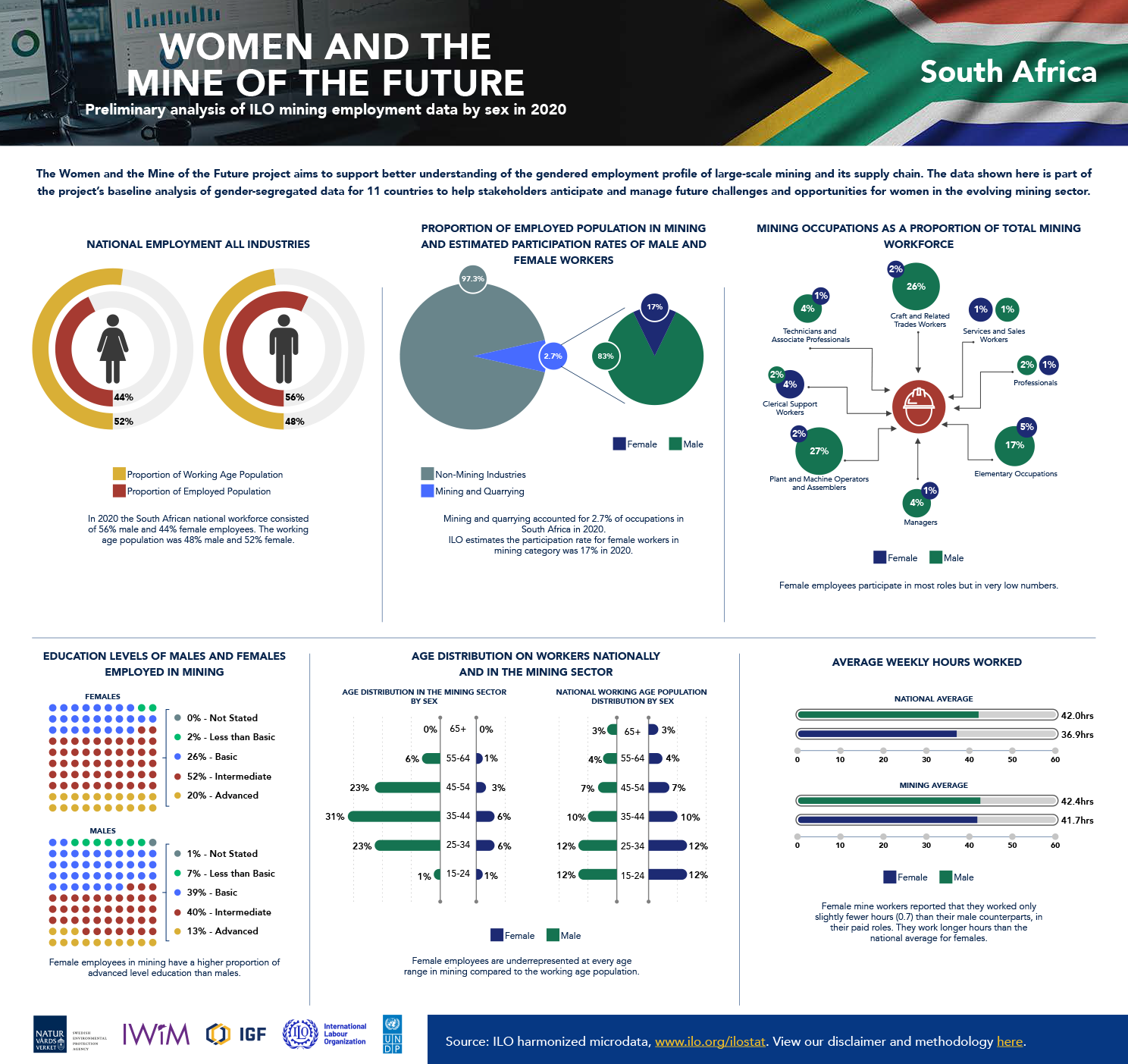
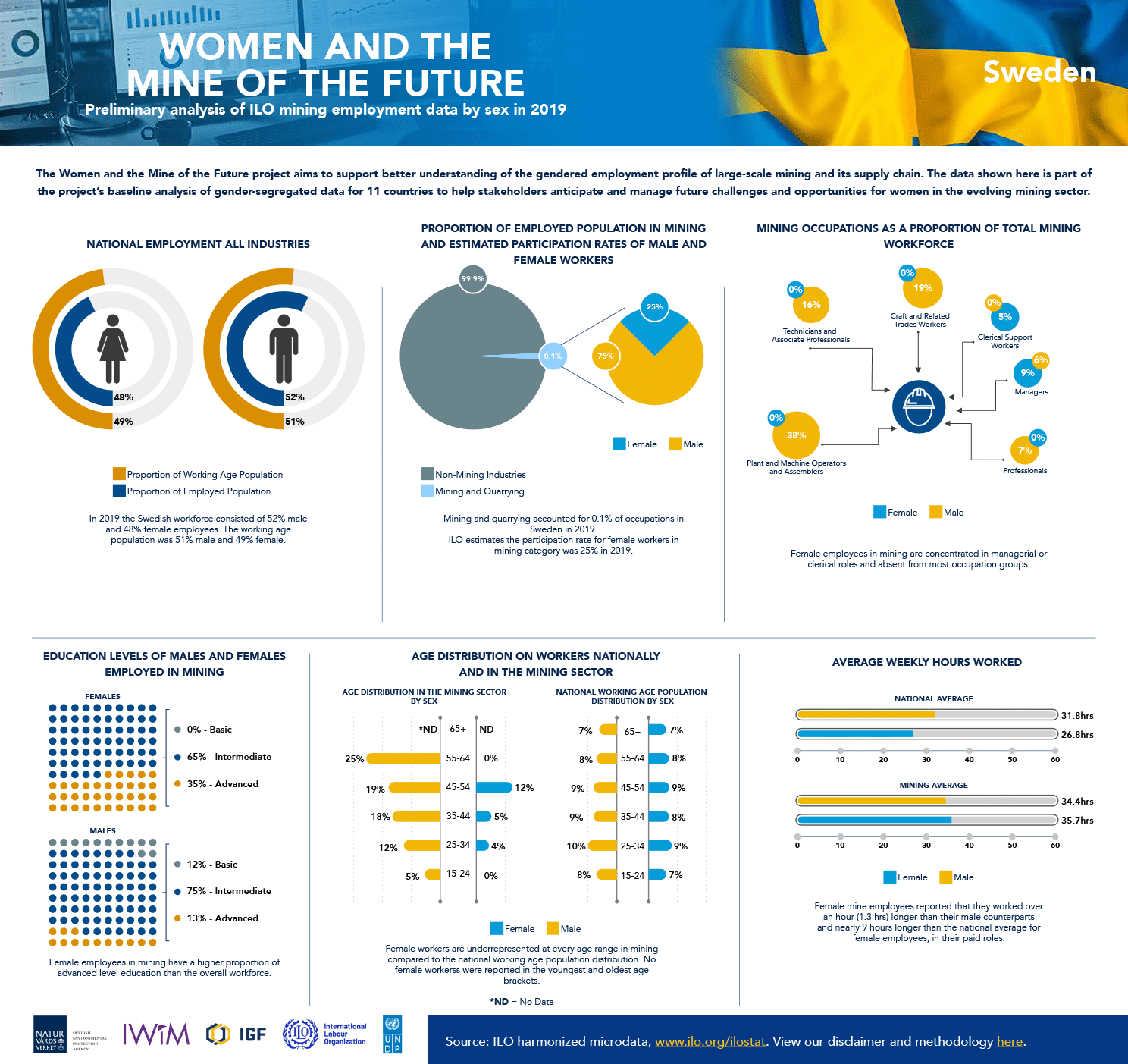
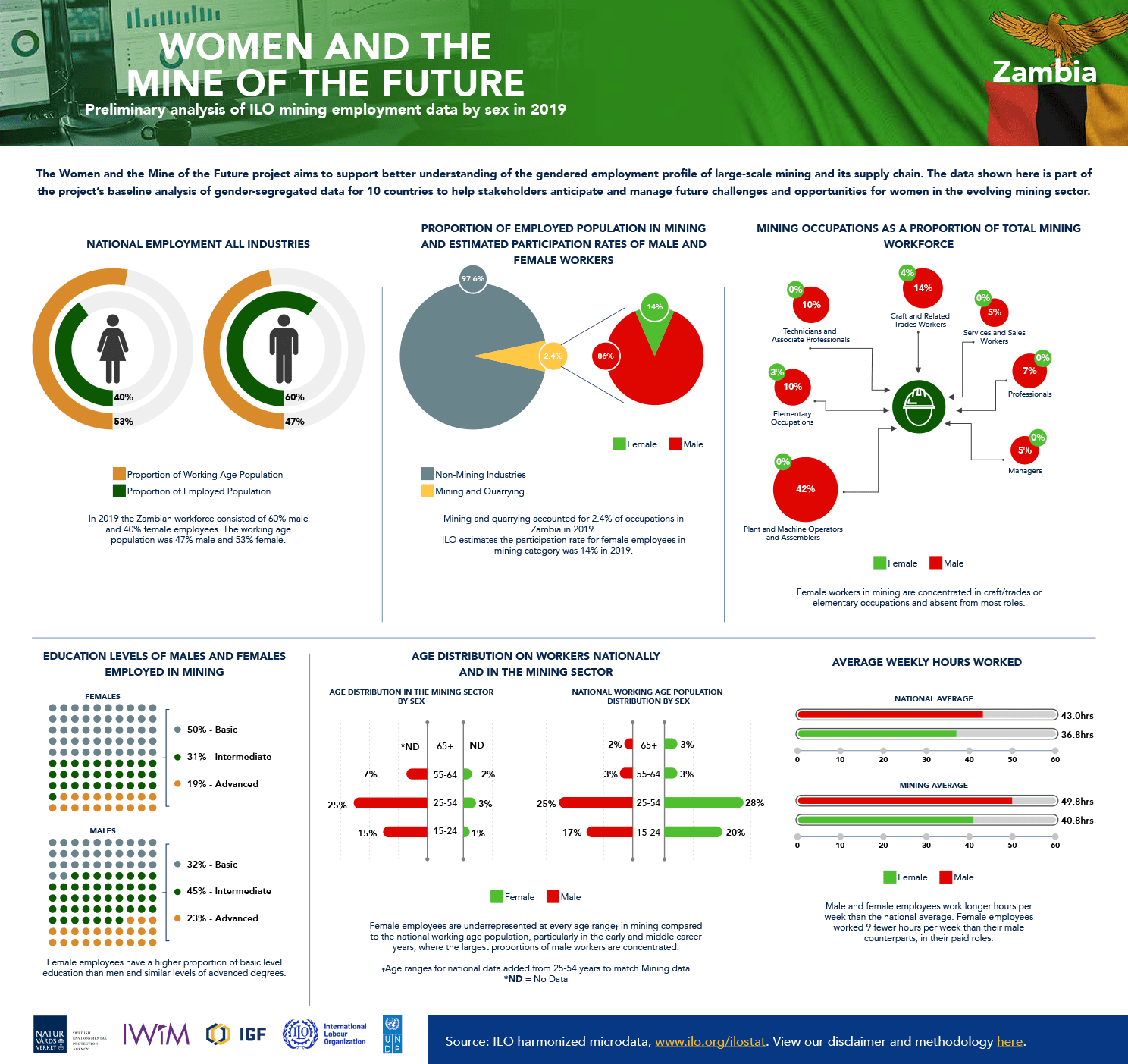
Download high-resolution infographics and read the disclaimer and methodological note for more information.
More on Women and the Mine of the Future
Videos
- Launch presentation and panel | Beneath the Surface: Women and the Mine of the Future Global Report
- Discussion | Women and the Mine of the Future: The IGF in conversation with Carolina Rojas-Hayes
Blogs
Project Partners
- Intergovernmental Forum on Mining, Minerals, Metals, and Sustainable Development (IGF)
- International Labour Organization (ILO)
- Environmental Governance Programme run by the Swedish Environmental Protection Agency and United Nations Development Programme
- Deutsche Gesellschaft für Internationale Zusammenarbeit (GIZ) on behalf of the German Federal Ministry of Economic Cooperation and Development
- International Women in Mining (IWiM)
This project builds on the IGF’s work on local content policies and related research from the New Tech, New Deal project that was supported by Deutsche Gesellschaft für Internationale Zusammenarbeit (GIZ) on behalf of the German Federal Ministry of Economic Cooperation and Development (BMZ).
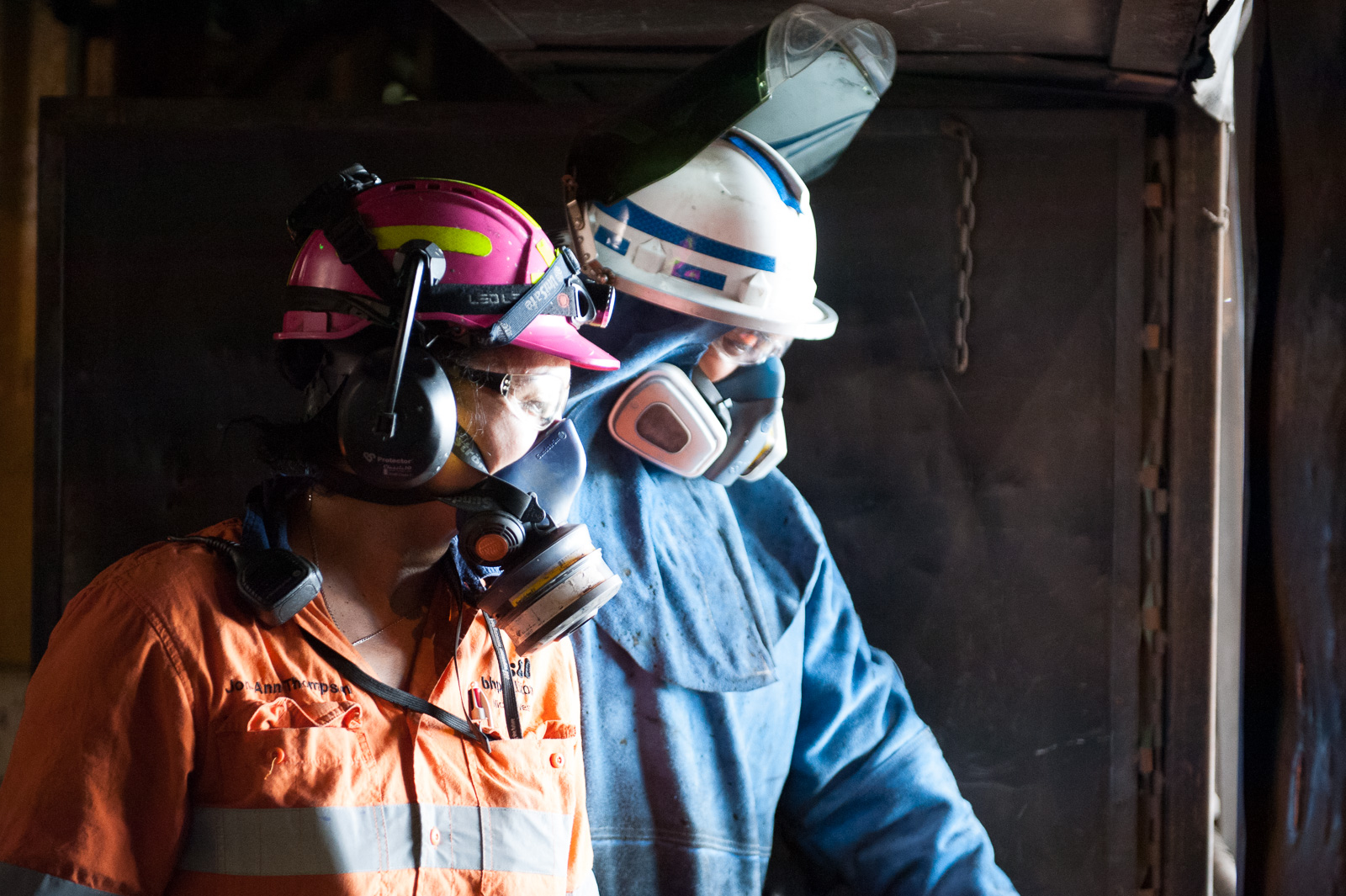
Gender Impact Assessment Tools for Mining Remain on the Shelf

Women’s Employment in Mining: Data analysis details the relationship between education and opportunity
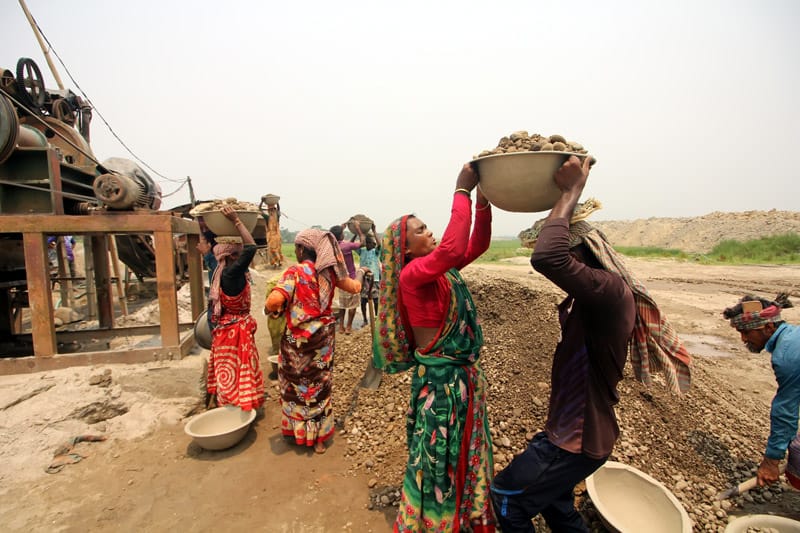
Investing in the Women Working in ASM is the Only Way Forward
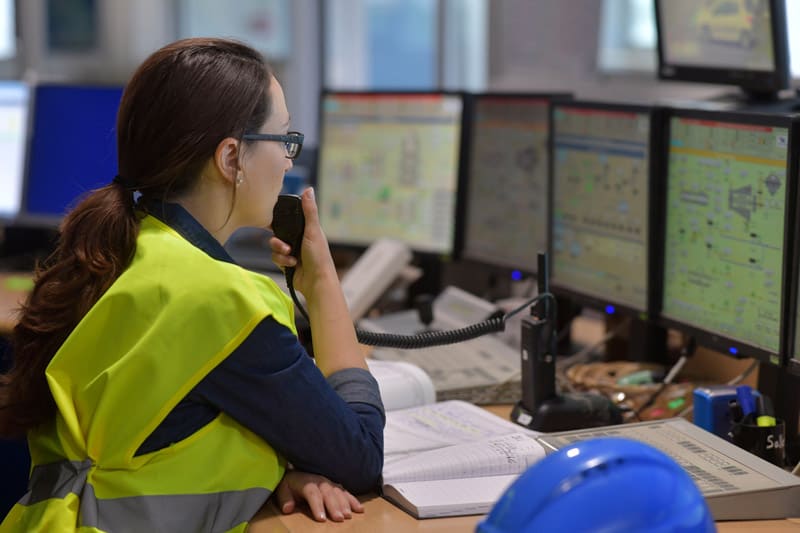
How Will Women Fit Into the Mining Workforce of the Future?
